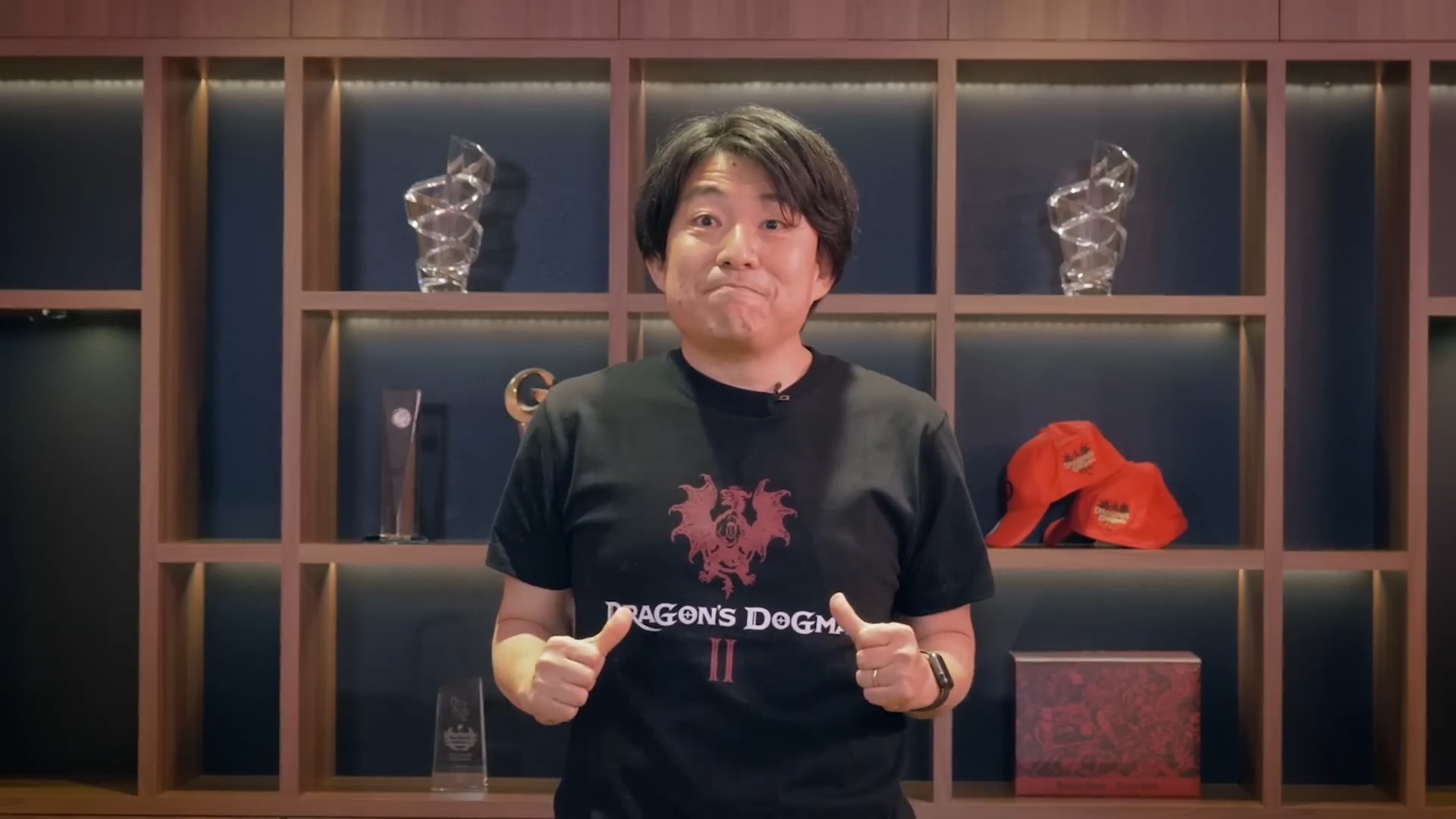Alors, LightSpeed Japan Studio, sous la houlette d'Hideaki Itsuno, décide de s'agrandir. Qui aurait cru qu’après avoir donné vie à des chefs-d'œuvre comme Devil May Cry 5 et Dragon’s Dogma, le bon vieux Itsuno se mettrait à jouer aux architectes ? Peut-être qu'ils veulent construire une forteresse pour abriter toutes les idées géniales qui, espérons-le, n'incluront pas de DLC payants pour la couleur des cheveux des personnages. En tout cas, on attend avec impatience leurs prochaines annonces... en espérant qu'ils ne nous fassent pas languir comme avec les sorties de Dragon’s Dogma 2.
#LightSpeedJapan
#LightSpeedJapan
Alors, LightSpeed Japan Studio, sous la houlette d'Hideaki Itsuno, décide de s'agrandir. Qui aurait cru qu’après avoir donné vie à des chefs-d'œuvre comme Devil May Cry 5 et Dragon’s Dogma, le bon vieux Itsuno se mettrait à jouer aux architectes ? Peut-être qu'ils veulent construire une forteresse pour abriter toutes les idées géniales qui, espérons-le, n'incluront pas de DLC payants pour la couleur des cheveux des personnages. En tout cas, on attend avec impatience leurs prochaines annonces... en espérant qu'ils ne nous fassent pas languir comme avec les sorties de Dragon’s Dogma 2.
#LightSpeedJapan
















